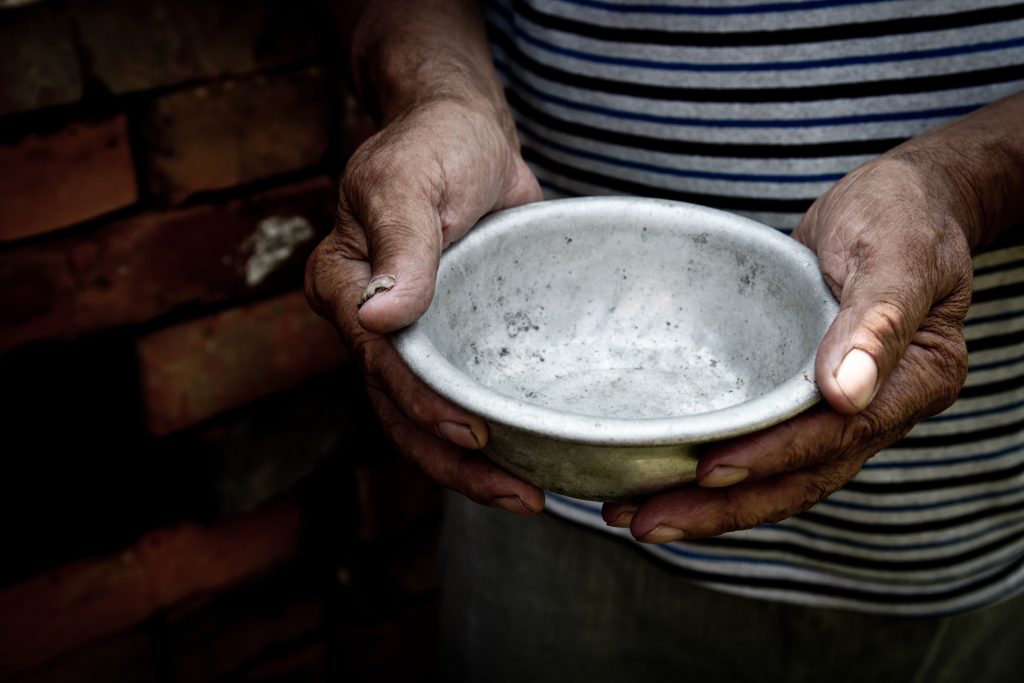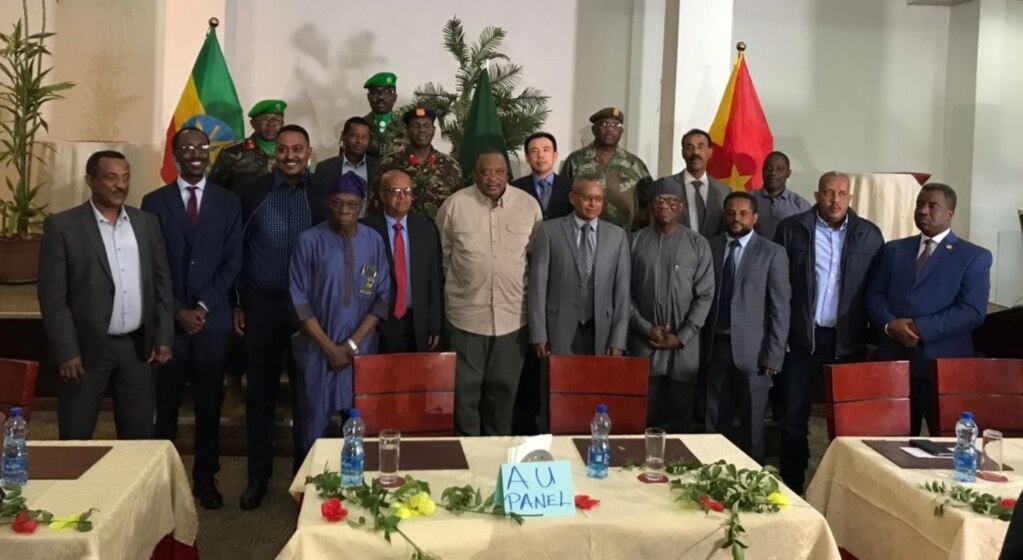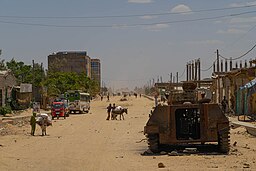Four months after the Permanent Cessation of Hostilities Agreement was signed in Pretoria, serious discussion about how to assist the huge numbers of people in need in Tigray, Ethiopia, and reconstruct the shattered infrastructure and economy of the region is only beginning.
On March 16, the College of Law and Governance Studies at Mekelle University, the Alliance of Civil Society Organizations of Tigray (ACSOT) in collaboration with the Wall of Hope, an American NGO, organized a one-day conference. The aim was to discuss on humanitarian priorities, strategies, and the mapping of donors and funding for humanitarian operations. The conference was belated but much needed given the overwhelming humanitarian needs in the region.
Officials of the Tigray regional government also attended. They made presentations on the enormity of the humanitarian needs in the region and the need for active and coordinated engagement by civil society organizations. Experts representing ACSOT presented the status of the members of the alliance and their operations. Other Tigrayan experts from Ethiopia and the diaspora made presentations related to donor mapping for sourcing funds to address.
I also participated in this conference and made a presentation based on my paper Humanitarian priorities for Tigray.
The humanitarian situation in Tigray is dire. The human casualties and suffering in the last three years are immense. Hundreds of thousands of lives have been lost, and many are disabled. Over a hundred thousand women and girls are victims of sexual violence. Everyone in Tigray is traumatized as a result of the war and its effects.
The social infrastructure in Tigray is more-or-less destroyed. There were 2,271 elementary and 221 high schools in the region and 90% of them are destroyed. Schools were closed due to the COVID 19 pandemic and thereafter due to the war and over 2.4 million students and children have been out of school for more than 3 years. What remains of most school facilities are now hosting over 2 million internally displaced persons. It is more than two years since over 55,000 teachers in Tigray stopped getting their salaries in common with the rest of the civil servants in the region. That amounts to over 200,000 civil servants unpaid. There are also more than 150,000 pensioners who have received nothing. 75% of the clean water infrastructure is destroyed and right now over 4.5 million Tigrayans do not have access to clean drinking water. Most rural clinics and hospitals are destroyed and major hospitals in the cities ransacked. Most health professionals were either forced to join the resistance, murdered while on duty with the patients they were treating, and/or displaced from their workplaces to save their lives.
The economic infrastructure is destroyed. There were a number of factories that employed over 80,000 people before the start of the war. Most of them were pillaged or vandalized during the war. The Eritrean army took whatever it could carry and burned what remained. All these industries are now out of action and the approximately 400,000 people supported by employee salaries have lost that income. There were 18 asphalt road projects covering over 1000 kilometers out of which 574 kms were completed. The road building project offices are now destroyed and most of their machinery looted by the Eritreans and the security forces of the Amhara region. Two dam projects, one for Mekelle city drinking water and another to irrigate 2,000 hectares of irrigated farming were also ransacked. All agricultural extension centers, farmers training centers, and agricultural research centers are destroyed and put out of action, some with irrecoverable seedbanks and research material.
The list can go on. It is overwhelming. One important shortcoming noticed in the workshop is that Tigray doesn’t yet have consolidated data on the damage caused by the war. Despite the creation of a damage assessment commission by the regional government a year ago, there is still no detailed data on civilians killed by the forces of aggression, numbers and related details of victims of sexual violence. The complete picture of loss in economic and social infrastructure along with the total estimate of what Tigrayan citizens have lost is not known. This dataset will be essential for planning humanitarian activities, post-conflict reconstruction, and enforcing accountability mechanisms.
Recognizing this, the workshop highlighted the need for the damage assessment commission to complete its work. Participants understood that the resources required for humanitarian operations are enormous and difficult to mobilize at once. This led to consensus on the need for strategies to prioritize action. The workshop learned that strategization and prioritization plans have not yet been produced by the government, ACSOT, and any of the international organizations including UN OCHA.
Participants emphasized the need for program funding rather than block grants and for direct funding to local NGOs as implementing agencies rather than depending on the interim government’s weak to non-existent institutions in the short term. Several participants in general and government representatives in particular rightfully raised concerns on whether such an approach would promote the creation of an “NGO government” that could cripple the building of strong public institutions in Tigray.
However, their concern misses that strong public institutions are not given but earned. The regional government thus far has been fully occupied with the affairs of the war and busy in its power struggle to form the interim regional administration since the signing of the Pretoria Agreement. As a result, the institutions of the interim government are not capable. To achieve the credibility and capacity needed, the interim government should undertake some first steps on the agenda of emergency needs and rehabilitation.
- The commission for damage assessment so far failed to produce a complete dataset. This demonstrates its inability to produce so. It is therefore important that the regional administration
reinforces the commission with additional human resources and budget and demands it complete its work with a clear cut-off date.
- The interim administration in collaboration with UNOCHA and members of ACSOT should form a task force to work on strategies and priorities for humanitarian programs in Tigray including strategies for the demobilization and reintegration of those members of TDF to return to civilian
life.
- Once these actions are completed the interim administration should call a conference of donors to mobilize the required funds. This conference should involve embassies and development agencies
attached to western capitals, UN agencies, international NGOs, foundations and local NGOs, and the private sector in Ethiopia and the diaspora.
Over and above delivering their routine programmatic priorities, the UN agencies should encourage the interim regional government to urgently engage in this exercise, providing expertise and resources as needed.
This research is supported by the Peace and Conflict Resolution Evidence Platform (PeaceRep), funded by the UK Foreign, Commonwealth & Development Office (FCDO) for the benefit of developing countries. The information and views set out in this publication are those of the authors. Nothing herein constitutes the views of FCDO. Any use of this work should acknowledge the authors and the Peace and Conflict Resolution Evidence Platform.


